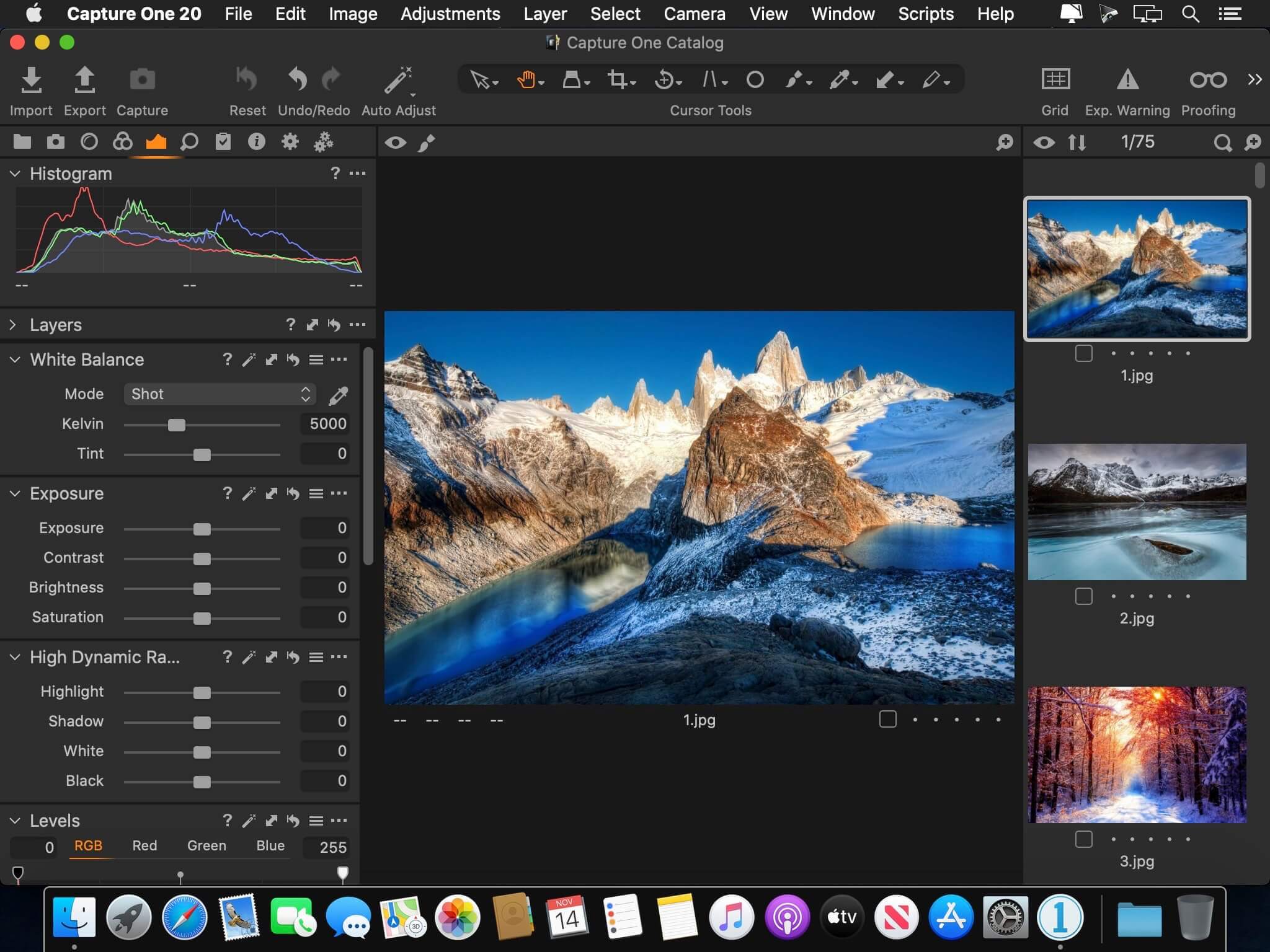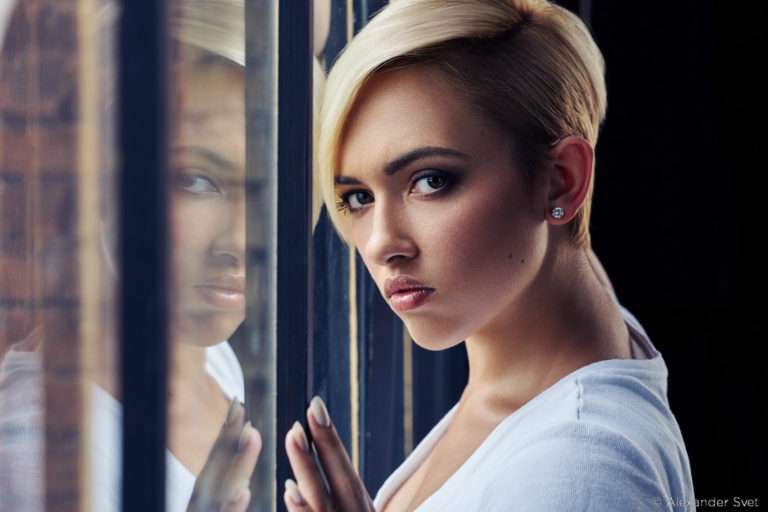
There is one single dialog box that appears, and this is the only interface you’ll see with the new function, asking two simple questions:

Once complete, you’ll select the images you want to blend together, right-click, and select “Merge to HDR”. (Image credit: Paul Reiffer) (opens in new tab)Īfter importing your sequence into Capture One, you’ll need to make any lens corrections up front – diffraction correction, chromatic aberration, light fall-off and so on. Plus, there is still room for some additional corrections for instance, you can decrease saturation and adjust the hue slightly to fit the reference better.There are just two options in the Merge to HDR panel: Auto Adjust and Auto Align. You can check out all the masks and adjustments I’ve used here. The EIP file with this editing is also available for my $9+ patrons. We’ll make some final touch adjustments, and the copying is done: As a result, you should have three layers (Shadows, Midtones, Highlights) with respective Luma Range Masks.Įach layer will have a different WB picked with Normalize tool.Ĭolor on your image should look pretty close to the reference now: Reset the WB on the cloned layer and repeat these same actions with Midtones and Highlights. We have replicated the color of the dark areas. Thus, we now have a layer that affects only shadows. Next, create a new filled layer on your primary target image, and set Luma Range to include only shadows. Pick normalize color on the shadow area of the reference image and apply normalization to the shadows on the cloned variant. Create a clone variant of your target image – we’ll use it for color transfer. Unfortunately, Normalize doesn’t support layers, so you would need to do this manually.įirst, let’s copy White Balance from the shadows. Usually, it makes sense to copy WB from three areas of your image: Shadows, Midtones, and Highlights. However, you can’t get the required color grading just by modifying the general White Balance. Normalize tool replicates a reference color on a target image by adjusting White Balance.

If you’re not familiar with Normalize tool, check out these tutorials: Here I’ll use Normalize tool – it works excellently to replicate such a color grading. When images appear similar to each other, we can reset desaturation. The easiest way to do this is to desaturate both images:Īs you can see, they have pretty different tonal contrasts, so I’ll crop my target image and adjust the key areas in layers to match the reference: That’s why before working with color, you need to compare tone on reference and target images. The same color grading looks completely different depending on image tonal contrast. Second, both images should have similar tonal contrast. This set is a perfect addition to AlexOnRAW tutorials, so that you can experiment with various image editing techniques, practice layer corrections, and enhance your color grading skills. From studio portraits and travel shots to street photography images and landscapes worldwide, that you can use for honing your image editing skills in Capture One. The set contains 100 RAWs of different genres.
#CAPTURE ONE TUTORIALS PROFESSIONAL#
The 100 RAWs Set is a professional solution for color grading practice and image processing training.
#CAPTURE ONE TUTORIALS MOVIE#
Context is everything, and you need to consider this when you’re working with a reference.įor this tutorial, I’ll take a still from Atonement (2007, Joe Wright) movie as a reference image:Īnd will copy the color grading to a RAW with a pretty similar plot:īTW, this RAW file is available in my 100 RAWs Set to download and practice in color grading. As well as with Santa Claus, lips, tomatoes, sports cars, roses, YouTube, red stripes of USA flag, and a whole bunch of other different things.

That’s why we have no issues with associating red color with a “dangerous” look of blood and a “delicious” look of strawberries at the same time. Without a context, color simply loses the ability to deliver a message. Color plays an important but not the main role in how we perceive an image. It’s pretty pointless to copy color grading from a landscape to a portrait or a wedding shot. First, reference and target images should have a similar plot. However, you still need to understand two fundamental principles of working with reference images. Today, I’ll show you the simplest method that doesn’t require advanced image editing skills. There are several ways to copy the color grading from a reference image with Capture One.


 0 kommentar(er)
0 kommentar(er)
